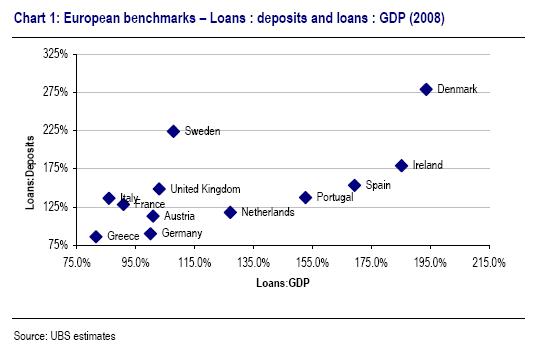It’s you and me, and everyone else gathered last night at the Grand Hyatt in Hong Kong to receive his lecture on why the financial crisis is far from over.Nassim Nicholas Taleb points to the black swan
So far, Germany’s auto industry has escaped massive job losses, but major cuts could soon be on the cards. The Coming Crisis. How Long Can Germany Keep Auto Jobs?
Consumer prices drop in Japan for the sixth month in a row, at a record rate of 2.4%, due to weak domestic demand.Japan prices continue record fall
To be honest there’s not a lot you can do with it apart from look at it, but that has not prevented generations of investors from coveting gold.The gold rush fuelled by fear
